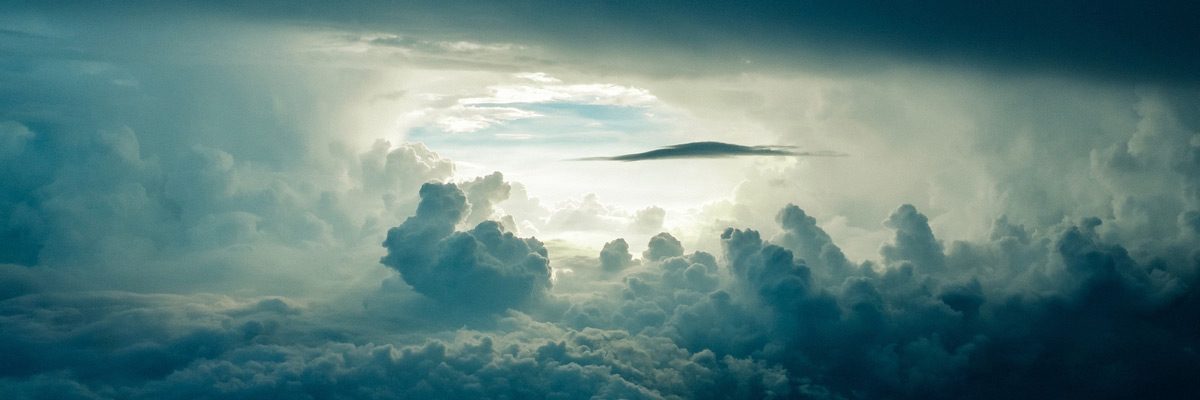The introduction of the solar lease financing model and third-party system ownership has rapidly and fundamentally transformed the residential solar market in the US. One could argue that the advent of high-voltage string inverters in the US market in 2001 was the last transformative event of this magnitude. The solar lease is a once-ina- decade industry-changing product that has created vast opportunities for some integration firms, and competitive challenges and disadvantages for others. Examining the evolution of the residential solar lease, its current status, and likely future developments can assist integrators in navigating these often complex and quickly evolving system-financing mechanisms.
Solar Lease History
Many people contend that the residential solar lease was born in 2007 when Sunrun, a start-up finance company led by two Stanford business graduates, introduced its residential lease product. Lynn Jurich and Ed Fenster believed that the number one, two and three obstacles to the propagation of residential solar were—no surprise—money, money and money. Sunrun’s financial model was simple: Leverage investor resources and tax equity to purchase PV systems on behalf of residential homeowners, providing a financed solution with no or low up-front costs. The solar lease effectively simplifies a homeowner’s path to investing in solar. Under this model, the lease provider—not the residential homeowner— receives all rebates, tax credits and depreciation. The lease provider in turn offers a warranty on all aspects of the system and provides some degree of system monitoring and O&M over the typical 20-year lease term. At the end of the term, homeowners have three options: renew the lease, purchase the system at fair market value or have the system removed at no cost.
Residential solar lease providers typically offer two plan options.
Monthly payment plan. A monthly payment plan allows for zero money down or a low up-front investment, usually in the $1,000–$4,000 range. The homeowner agrees to purchase all the electricity produced by the PV system for the next 20 years at a rate lower than or equal to the local rate of conventional power per kilowatt hour. Depending on the specifics of the financing, the new rate may include an escalator that can be more beneficial to the lease provider than to the customer. The general lease approach provides the homeowner an opportunity to switch to solar power without having to come up with the system’s total cost out of pocket. It also streamlines the homeowner’s transaction by eliminating the need to claim the 30% federal tax credit.
Prepaid plan. Under this plan, the homeowner makes a large payment (typically about 65% of the total system cost) at the initiation of the lease term, but does not need to make another payment over the lease’s 20-year term. This approach enables the customer to have a PV system installed without shouldering the tax liability necessary to take full advantage of available tax credits. A prepaid plan may be ideal for a homeowner such as a retiree living on a fixed income, who is prepared to make a large investment in solar but does not have the tax appetite required to take advantage of the 30% federal tax credit. The system owner also typically benefits from an extended warranty, O&M services and system monitoring provided over the 20-year term.
Both of these options have proven to be very appealing to a large number of consumers who want to make the switch to solar. According the 2012 U.S. Solar Market Insight report published by GTM Research and SEIA, as of Q2 2012 solar leases finance approximately 70% of residential installations in the major markets of California and Colorado, 80% of the installations in Arizona and more than 45% in Massachusetts. The increase in third-party–owned residential systems is expected to continue across all mature solar markets.
Early on, solar lease providers faced challenges from a regulatory standpoint. Existing rebate and interconnection processes were based on the concept of sole ownership. However, Sunrun and other solar finance companies have worked diligently to resolve these issues. Residential solar lease financing is now available in at least 12 states. The primary limiter on these products is generally not regulatory issues, but regional financial viability based on available financial incentives, electricity costs and the region’s solar resources. Currently only a few states explicitly prohibit third-party residential financing.
Current Lease Models
As residential lease products continue to evolve, providers are developing and refining a range of business models. There are currently three solar leasing models.

